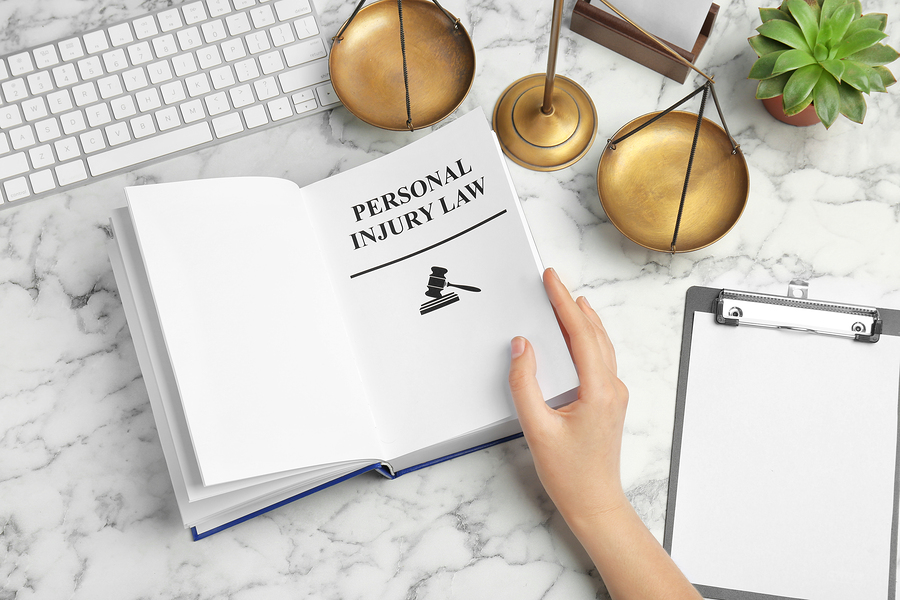How Do You Start A Personal Injury Lawsuit?
 Michael Babboni
Personal Injury
If you’ve been injured by someone else, and you find yourself on the receiving end of some significant expenses, it’s natural not to want to have to pay out of your own pocket for your recovery. After all, it’s not even your fault that you got injured, why should you shoulder this financial burden when someone else was responsible?
Michael Babboni
Personal Injury
If you’ve been injured by someone else, and you find yourself on the receiving end of some significant expenses, it’s natural not to want to have to pay out of your own pocket for your recovery. After all, it’s not even your fault that you got injured, why should you shoulder this financial burden when someone else was responsible?However, if the other party doesn’t agree with your assessment and refuses to willingly compensate you, then the only recourse you have left is to go to court, undertake a personal injury lawsuit and get a verdict in your favor. At that point, willing or not, the law forces the other party to pay the amount you cited.
But how does this process start? We’ll look at the beginning to show you what you can expect.
You Suspect You Can Prove Liability
It all starts here. Moving forward with a personal injury case means not only do you know someone else was responsible for your injury, but you also have the kind of proof that can reinforce your statement. If you decid-ed, for example, to take the stairs in a building, rather than the elevator, and the lights flickering on and off in the stairwell, ultimately shorting out and causing you to stumble, fall, and hurt yourself, this would be a very good case for a slip and fall lawyer. It is illegal for any property not to have brightly lit stairwells, precisely to prevent this kind of injury.
The fact that the stairwell was pitch black, with no lights on, and there was no attempt to fix the lights, or even block access to the stairway are all good points for proving the case. Negligence is a serious, litigation ready charge, and that kind of liability is what a personal injury lawyer looks for.
You Serve Notice To The Defendant
If you talk to a personal injury lawyer that advises you that you have a case, and the amounts involved exceed $5000, the maximum amount for small claims court, you’re more likely to get legal representation. At this point, a complaint will be filed and served to the party you are holding liable for the lawsuit. There is usually a one month window in which the notice must be served to the defendant.
Serving notice essentially means having some legally verifiable way to prove the defendant has received the notice and is aware of the lawsuit. If a defendant does not know that a lawsuit is being undertaken, the case may be thrown out of court, so this is an essential step.
Once notice has been served, the defendant will now have about a month to seek a defending personal injury lawyer for the case.
The Discovery Process Begins
Also known as the pre-trial litigation process, this is the portion of the case where information sharing occurs. Unlike the old days, when lawyers could produce surprise witnesses or evidence that could leave the opposing lawyer unprepared, today’s modern court does not allow for this kind of drama. Any witnesses, evidence, or other relevant components are shared freely between the two sides of the case.
This is also often why many court cases eventually settle out of court, which is often a faster process. If, for example, a defense lawyer sees a wealth of evidence that is supporting the plaintiff’s claim that the defendant is at fault, the defense lawyer will often advise a client that there is little to no likelihood of winning the case, and simply opt to settle out of court quickly and quietly.
If, however, this doesn’t happen, then you and your personal injury lawyer in St. Petersburg will go to court, and convince a jury that your argument is the correct one, and you should be awarded damages for your injury.
